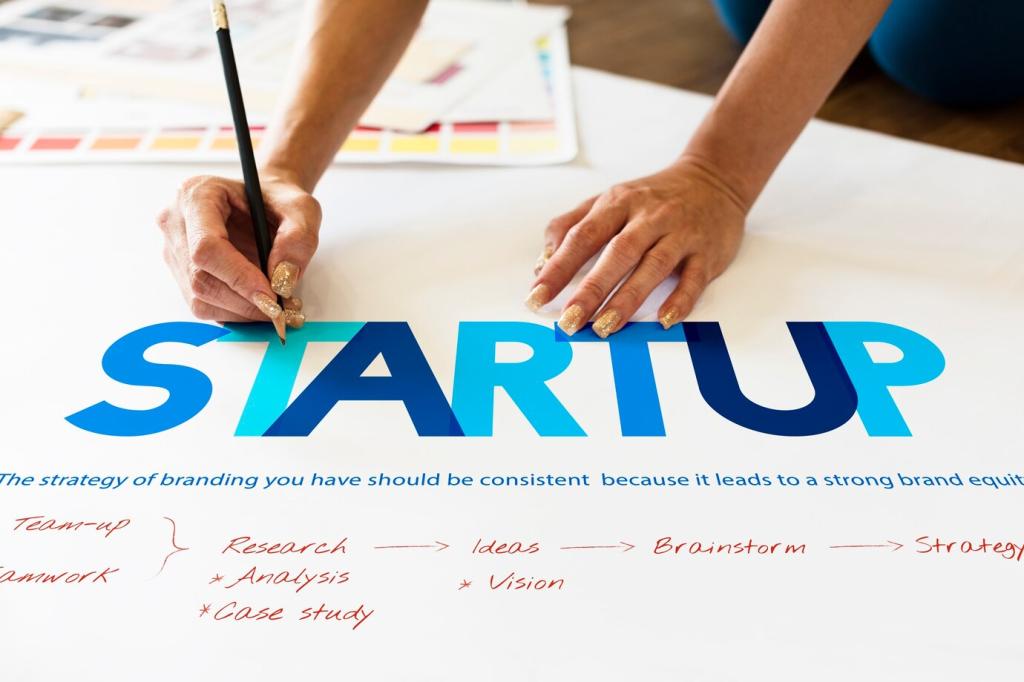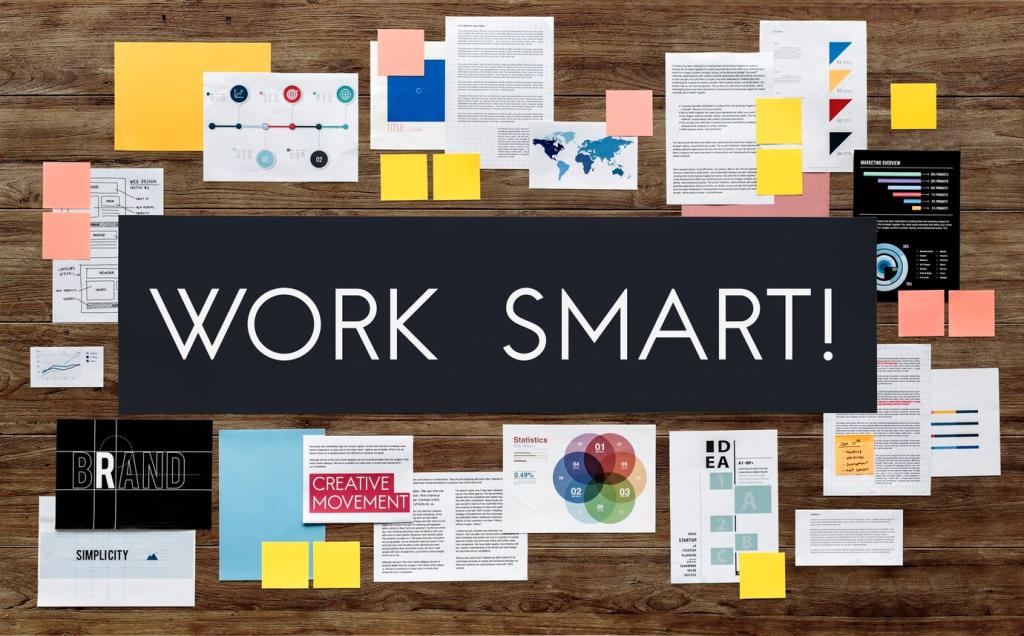Value Proposition and Business Model Architecture
Use a jobs-to-be-done lens to describe the struggle, not just features. Define the before and after in concrete terms: time saved, errors reduced, or revenue gained. When your business plan quantifies outcomes, pricing conversations become easier and marketing messages feel immediately credible.
Value Proposition and Business Model Architecture
Align pricing with how customers receive value: subscription for ongoing utility, transactional for episodic value, or usage-based for variable consumption. One analytics startup switched to usage pricing and cut churn by matching cost to value enjoyed, a business plan revision that investors applauded.









